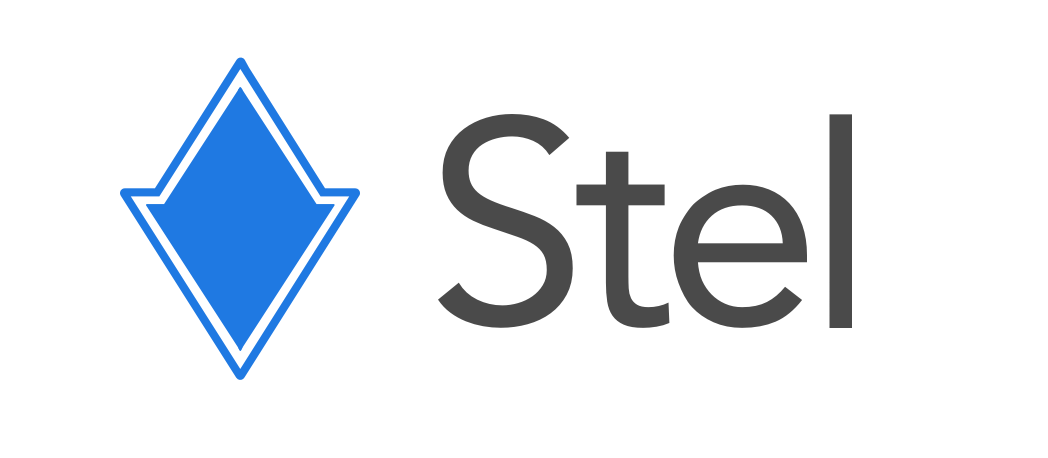FCC Connected Health Devices and Services
Criteria: Eligibility, Cost Effectiveness, and Impact
Eligible Devices and Services
Supporting materials to prove eligibility must be submitted. Examples can be found: www.stel.life/order
“Eligible health care providers should not include the cost of ineligible items in their funding application.” #27 on FCC FAQ
(Below: list of Eligible and Ineligible items from the FCC FAQS)
Eligible Services And Devices
Connected Vitals Devices (Bluetooth / Wifi Blood Pressure Monitors, Scales, etc…)
Connected Equipment (Tablets, smart phones, connected vitals devices) to receive connected care services at home
Telemedicine Kiosks / carts
Telecommunications and Internet Connectivity
Information Services (remote patient monitoring, store and forward, async patient data, synchronous video)
Recurring Fees (12 months for eligible services)
Ineligible
Personnel and Administrative Expenses - e.g., IT staff, project managers, medical professionals, consultant fees, training, customer service, marketing, etc.
Technical support, maintenance, warranties, and protection plans, development / implementation of platforms, websites, or systems.
Unconnected devices and supplies - Devices patients use and manually enter / report results to professionals, testing strips, lancets, disposable covers, and personal protective equipment, etc.
Unconnected accessories - e.g., cases, mouse pads, cable clips, laptop bags, tablet stands, charging stations, back-up batteries, power cords, surge protectors, etc.
Consumer Devices and Non-Telehealth Items - e.g., Smartwatches and fitness trackers, office furniture and supplies, security systems, and incidental expenses, etc.
Construction: e.g., fiber/ethernet/cable network constructions, facility alterations, and temporary site location structures, etc.
Cost Effectiveness
“we are committed to ensuring the integrity and fiscal responsibility of the COVID-19 Telehealth Program funds and will guard against waste, fraud, and abuse. We thus strongly encourage applicants to purchase cost-effective eligible services and devices” FCC Report & Order pg.18
Impact (Post Program Report)
Example from Round 1 - 300k vitals transmitted into EHR from population without smartphones, wifi, broadband, or tech-literacy
Patient Access + Digital Divide Accessibility
Does the solution promote adoption from vulnerable patient populations?
Or does it only benefit patients with existing infrastructure, access to the latest smartphones/tablets, and knowledge with technology?
Best: Digital Divide Accessible - provides patients with devices, services. (Preferred: addresses language and tech barriers)
Only for patients with wifi and the latest smartphones - provides patients with devices or services for their existing device.
Not ideal: Does not provide patients access to devices or services for monitoring at home.
Provider + Program Scalability
Does the solution exhibit scaleable adoption and promote other federal priorities?
Ideal: Promotes ONC Interoperability Requirements (Patient Generated Health Data in EHR)
Ideal: Provides infrastructure for better future care despite lack of reimbursements
(ex. FQHC’s are not eligible for RPM CPT codes, but could offer RPM services because of program)Not ideal: Does not support other federal priorities and will not be continued post-pandemic
Bad: Risks patient PHI and data security or promotes fraud/waste/abuse
Popular Solutions from Round 1 (alphabetical order)
NON-TABLET AND CELLULAR (NON-BROADBAND DEPENDENT) SOLUTIONS:
Ideal Life: $260/hub +$300/mo + $1250 Integration and $5,865 Setup
Stel Cellular & Bluetooth Vitals Hubs: $130/hub + $10/month + $0 Integration
TABLET AND BROADBAND DEPENDENT SOLUTIONS:
HRS: $400/Tablet + $71/mo services + $10,000 Implementation or
HRS: $875-$900/kit + $61/month for services (for 36 months) + $8,000 ImplementationVivify Kit: $900/kit + $69/mo/services (36 month commitment) + $41/mo logistics

